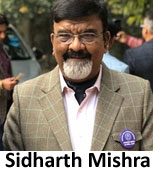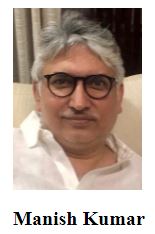The joke in the town is that Lord Rama has accepted prayers of Delhi chief minister Arvind Kejriwal as the high-speed winds somewhat cleared smog in Delhi a day after Diwali. Chief Minister Arvind Kejriwal with his wife and cabinet colleagues had offered prayers at the replica of Ayodhya Ram Mandir built at Thyagraj Stadium in Delhi. The event was preceded by the usual publicity blitzkrieg and people urged to witness the event live.
That Kejriwal could have prayed for clean air in Delhi is unlikely, as the whole exercise is projected towards gearing up the preparations of the Aam Aadmi Party (AAP) in the upcoming assembly polls in Uttar Pradesh. It’s part of Kejriwal’s bouquet to entice voters of UP with his Ram Bhakti, which includes free trips to the citizens of Delhi to Ayodhya.
Kejriwal had earlier visited Ramjanambhoomi and Hanumangarhi in Ayodhya to reiterate his Ram Bhakti not being of any lesser degree than that of the BJP leaders. Incidentally, on the evening Kejriwal went live with his prayers at Ram Temple in Thaygraj stadium, at least 12000 families in Delhi were forced to live with a ‘Black Diwali’.




